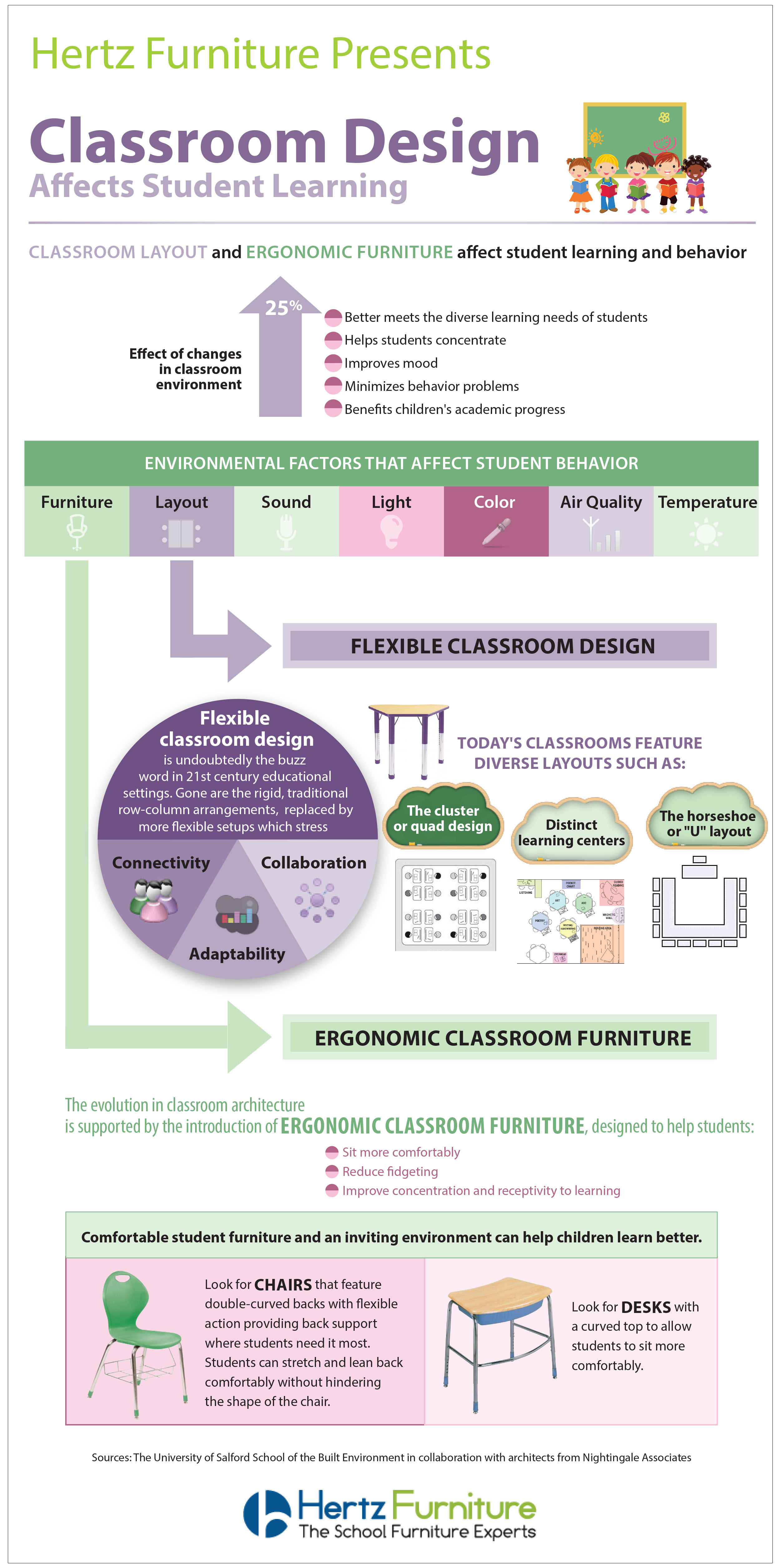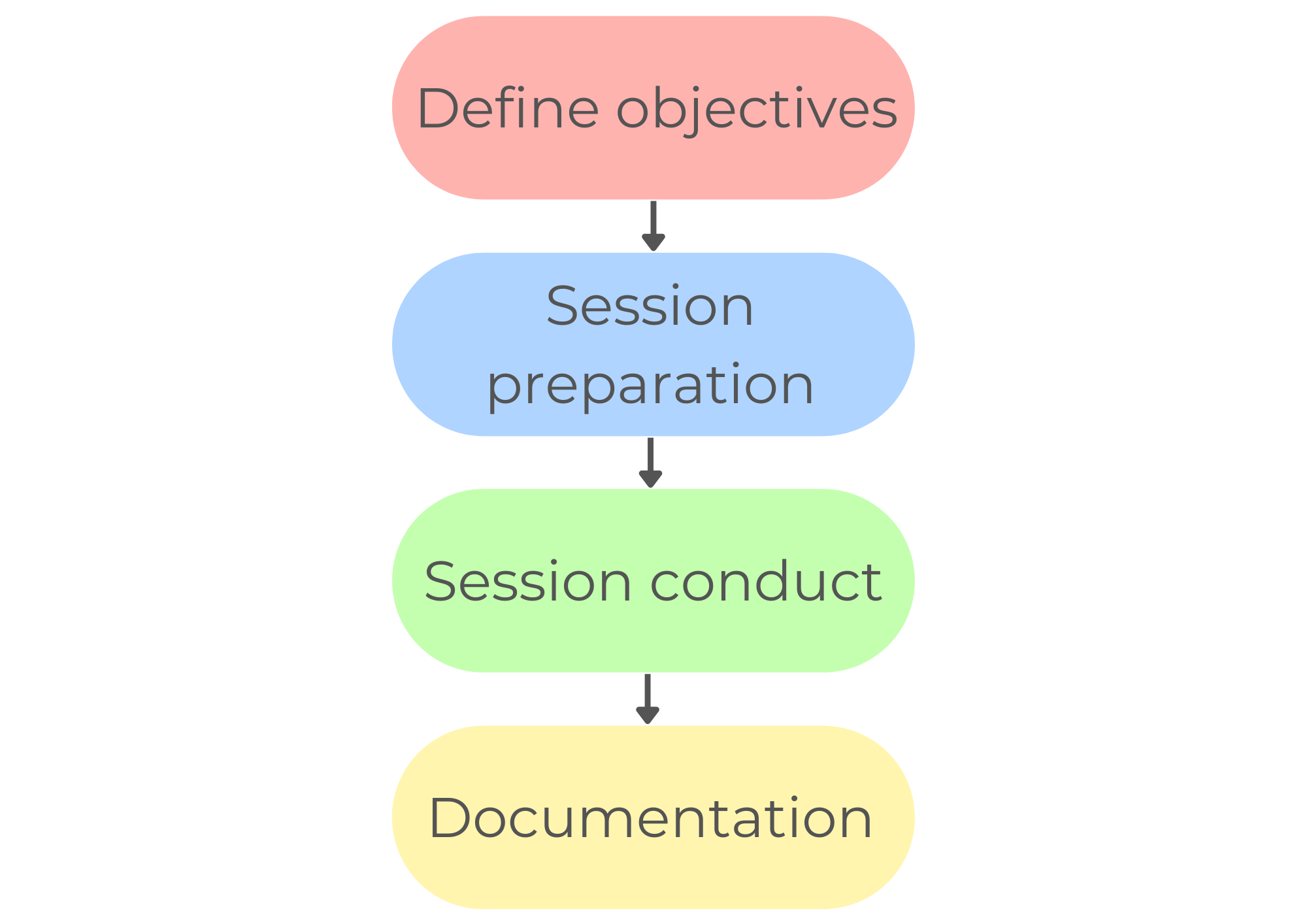Table Of Content

But to keep it interesting (for yourself and students), consider rotating your spot every now and then. Maybe it’s your kitchen table (if it’s not already taken!), your couch, porch or backyard. While protecting your privacy, showing students a bit of your home space will help personalize the lack of in-person interaction. Just be sure your wifi reaches those areas, and that there isn’t background noise. However, there is less space in the middle than in the traditional horseshoe model, meaning there is less free room for presentations, modeling and active learning.
Complete other common tasks
However, the limitations placed upon how teachers can operate are not limited to technology. In many cases, the geometric form of the room may have a real impact on how teachers can seat their students. This can impact both how technology is used and how students are more generally arranged when teachers are trying to optimize the layout for certain classroom activities. With this in mind, we are excited to introduce our new classroom design tool called Classroom Planner.
How to Make a Classroom Seating Chart
Start by eliminating bulky furniture that takes up too much floor space, such as large teacher’s desks or bookshelves. A great way to reduce distractions in the classroom is by creating an open layout with fewer desks and equipment. This can be done by incorporating different chairs, desks, and tables into the room’s layout. To walk the talk of a real classroom community, we must ask ourselves if all of our resources are designed and arranged for the convenience of all learners.
Meet The Teacher Presentation Template
Consider the needs of children with mobility issues and physical disabilities when designing this space. It appears a deliberate design feature of this layout that students do not have shared desk space and have no peers directly facing them. This layout is also ideal for formal teacher-centered lessons in high school classrooms. This is also my ideal classroom layout for my approach to teaching.
This shape tends to be problematic since it is difficult for the kids to move and very easy to chat with their fellow students. Consult your dedicated KI sales specialist or dealer partner on your ideas and discuss ways to support your specific instructional style and methods. If you’re able to, move your desk or table so that you have a corner or wall behind you. You can switch out what’s on the walls regularly based on week or unit of study. You could also hang shelves in the corner or on the wall so you have access to teaching props. And, a wall or corner is useful to hang your green screen, where you can record yourself teaching lessons in front of any photo or video.
Hygge: The Classroom Design Word That Means Calm NEA - National Education Association
Hygge: The Classroom Design Word That Means Calm NEA.
Posted: Tue, 17 Jul 2018 07:00:00 GMT [source]
#5 Teacher's Desk
One specific method you can use to organize classroom space involves organizing the learning space into discrete zones with different purposes. Learn more in Veronica Lopez’s "7 Learning Zones Every Classroom Must Have." Consider printing out the 7 Learning Zones poster as an offline reference. The preschool classroom layout is often different from those above since you will also need to include an area to play in and an area for other group activities. When you have a blank seating chart, you can simply change the names whenever you want. Make a few copies of the chart or save it and visit again when you need to.
Make your dream classroom a reality.
The choice in layouts reflect very different teaching philosophies. Small groups indicate that a teacher emphasizes classroom cooperation, while rows and columns are used by teachers who want to focus on creating a stable, quiet classroom environment. It should be noted that the choice of layout doesn’t have to remain static and teachers may choose to change the layout based on changing circumstances. At the beginning of the year, rows and columns may help create a stable, quiet environment, but teachers may later choose to adopt group clusters to shift the class toward a cooperative environment. When it comes to learning, many teachers concern themselves with things like teaching methods, parental support, and differential instruction.
Create a class
Do the same for the rest of the space — you and your students should find a clean classroom every morning, ready for more learning. High school and middle school students will have different seating arrangements than those in preschool. Now when students come into the classroom, they can sit at connected desks to work in groups or claim their own space and get to the coursework at hand — it’s their choice.
For that reason, teachers should consider classroom layout an important part of achieving their goals instead of a mere afterthought. How a classroom is designed can significantly impact academic outcomes, making classroom layout important to any teacher’s instructional approach. Beyond the academic environment, the active learning classroom was also helpful in that it created an environment in which students were more social and active. Teachers won’t always have the sort of furniture or tools needed for the ideal active learning classroom. However, they can take the principles of that classroom and apply it to their own. Writing for Teacher Magazine, author Jo Earp notes that how a classroom is laid out has an impact on academic outcomes.
One of our most common reasons for furniture returns at Kaplan is that too many items were ordered to fit a classroom. To avoid this hassle, simply build a quick sample room online and see how it looks. Once you’ve designed your classroom, you can easily export your design with the accompanying product list. This list and room layout will be very helpful throughout the encumbering, ordering and delivery process.
Furniture that’s soft, has soothing colors, and includes comfortable textures can actually improve the mood of students. As a result, when purchasing furniture for the school, care should be taken regarding the kind of furniture that’s being used in the classroom. Teachers no longer need to be the “keepers” of the writing surfaces. Paint a classroom wall with chalkboard paint for student-led learning (or free-time doodling), or cover students’ desks in dry erase vinyl for in-class exercises. In general, the younger the grade, the “busier” the learning space — or at least, that’s the instinct many teachers have. But since heavily-decorated rooms tend to distract students and negatively impact academic performance, apply the less-is-more approach to your color choices as well.

No comments:
Post a Comment